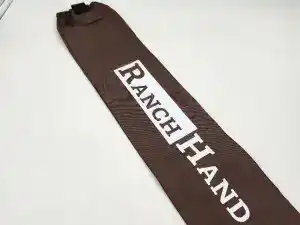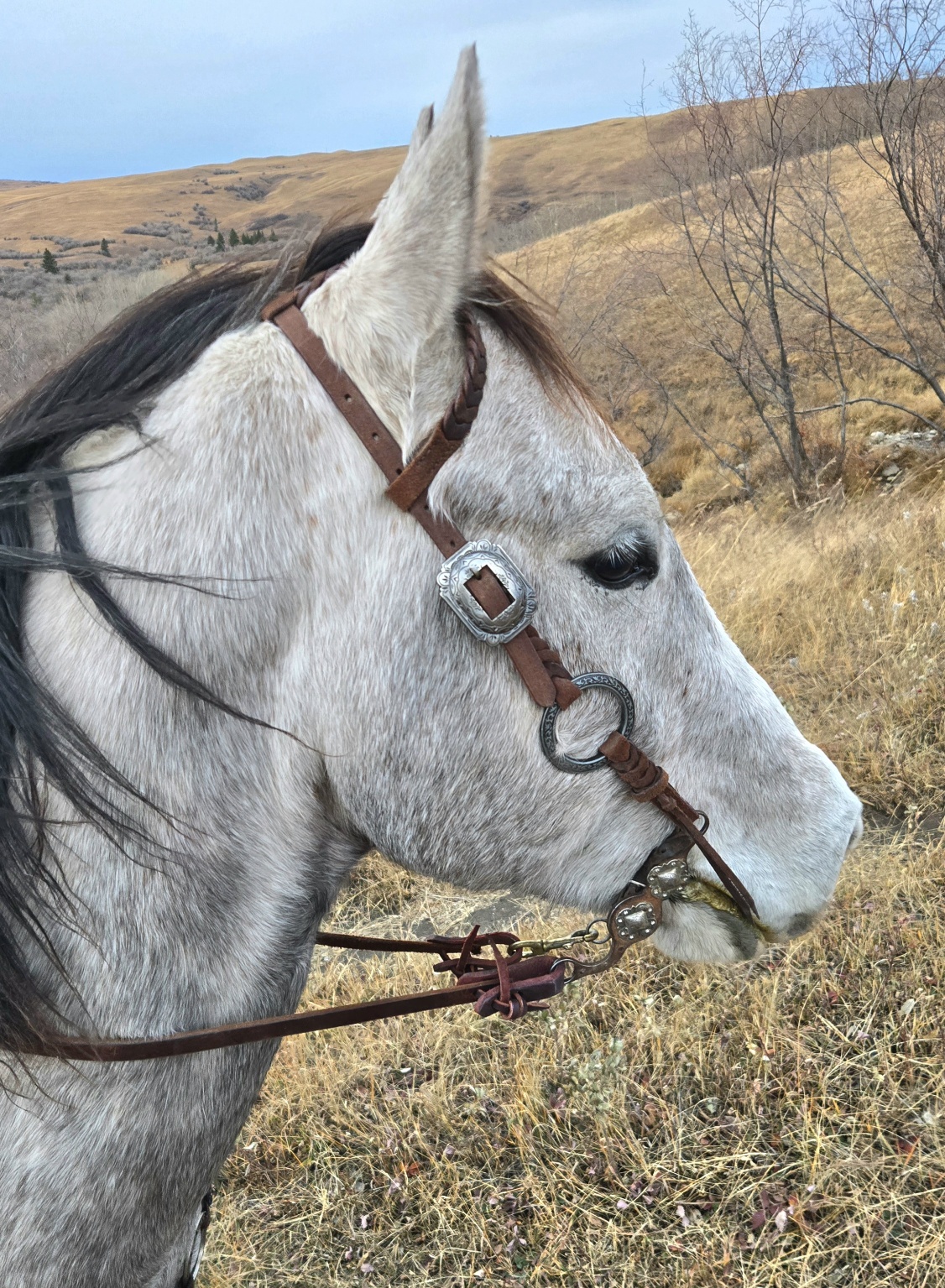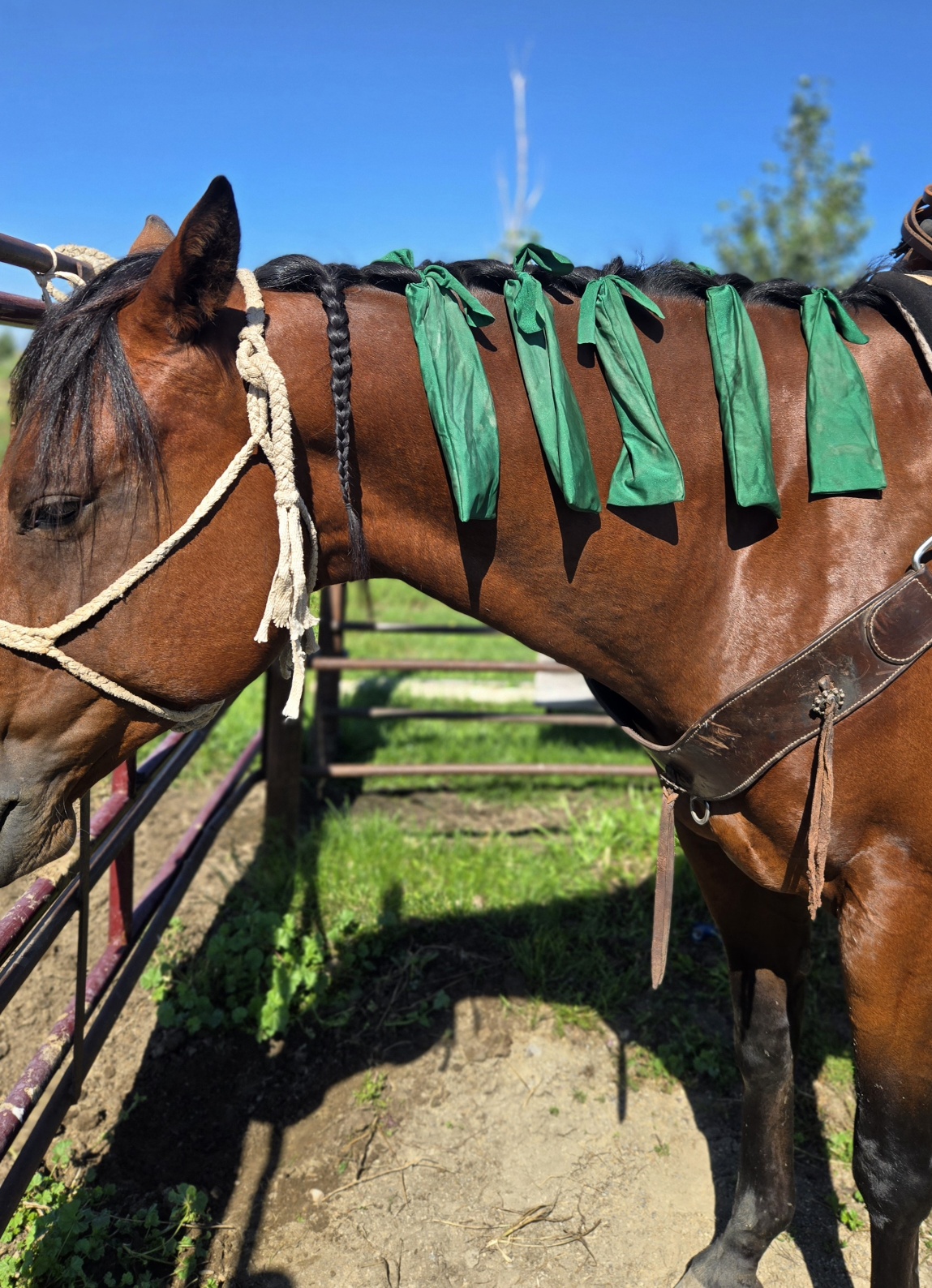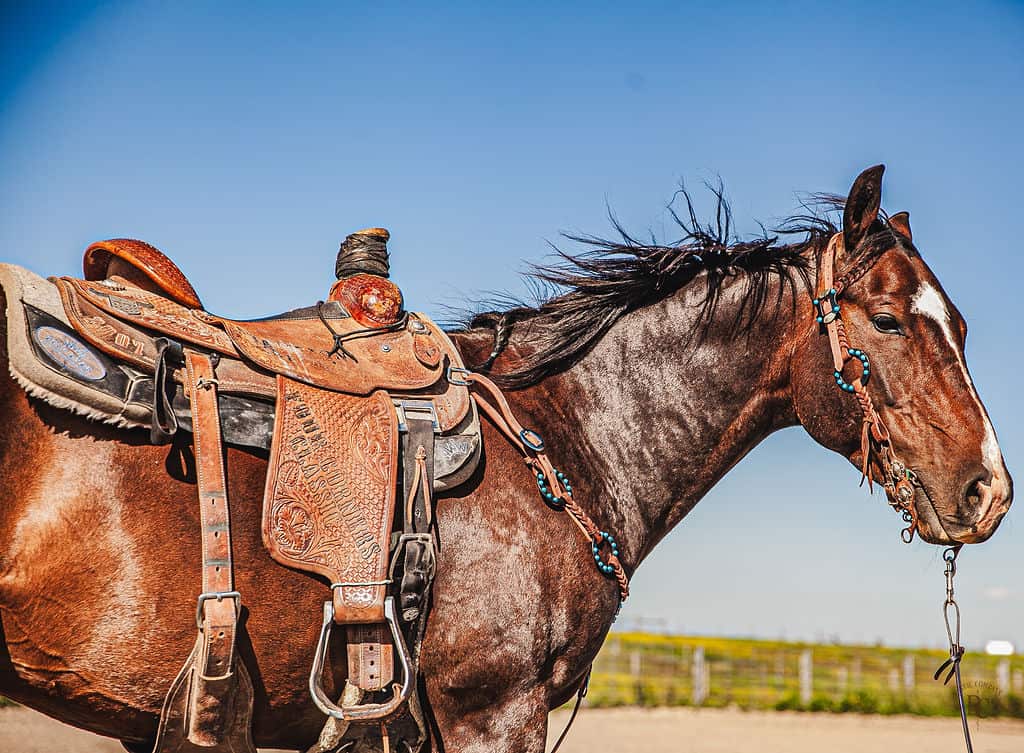Tail bags for horses have become more popular over the years, but not every horse owner knows exactly what they are, why they matter, and how to use them safely. Whether you’re new to horse care or just curious about tail bags, this guide breaks it all down in simple language. Tail bags for horses are not just a grooming accessory; they help protect the tail, keep it clean, and even encourage healthy hair growth when used correctly.
The Role of a Horse’s Tail and Why It Matters
A horse’s tail is not just for looks. It helps them swat away flies and bugs, communicate emotions, and even balance while moving. That’s why any accessory that affects the tail needs to be used thoughtfully. If a tail gets tangled, dirty, or damaged, it can make your horse uncomfortable or even sick from fly bites. Tail bags help reduce these risks—but only when used the right way.
How Tail Bags Help Horses Stay Healthy and Look Great
Tail bags keep the tail protected from dirt, manure, and urine stains, especially during travel or show prep. By keeping the tail clean and contained, they also help prevent hair breakage. If you’ve ever tried to grow out a long, full tail on your horse, you know how hard it can be. Tail bags act like a gentle guard, allowing the tail to grow without being exposed to rough conditions.
Understanding the Different Types of Tail Bags
There are many types of tail bags, and each one is designed with a slightly different purpose in mind. Some are made of stretchy Lycra, which is soft and flexible. Others are made of sturdy nylon or cotton, great for horses that live outdoors or are very active. Some tail bags use Velcro or ties to stay on, while others slide over the braided tail and stay in place naturally. Choosing the right kind depends on your horse’s lifestyle and personality.
Potential Risks and How to Avoid Them
Tail bags are helpful, but only if used the right way. If a tail bag is too tight, left on too long, or made of poor materials, it can cause irritation or even cut off blood flow. Some horses might swish their tails a lot, and if the bag gets caught on something, it could pull the tail hair out. That’s why it’s important to check the tail bag daily, take it off regularly, and keep the tail clean and dry underneath.
How to Choose the Right Tail Bag for Your Horse
When picking a tail bag, think about your horse’s environment and behavior. If your horse is kept in a stall, a soft Lycra tail bag might work well. For outdoor horses, a tougher nylon or canvas bag may be a better choice. Make sure the bag is not too heavy and fits securely but gently. The tail should be braided loosely before inserting it into the bag, and the bag should hang freely without dragging on the ground.
Step-by-Step: How to Put On and Maintain a Tail Bag
Start by brushing the tail to remove tangles. Then loosely braid it and secure the braid with a soft tie or band. Slide the tail into the bag and attach it at the top—either with Velcro, ties, or a loop. Check the bag every day to make sure it hasn’t come loose or gotten wet. Take it off at least once a week to clean the tail and let it breathe. Wash the bag regularly to keep it free from bacteria and dirt.
Alternatives to Tail Bags and When to Use Them
Tail wraps, vet wraps, or simple braiding are some alternatives to tail bags. These options are good for short-term protection, like before a show. However, they don’t offer the same long-term coverage or growth benefits as tail bags. For horses with sensitive skin or those prone to rubbing, some owners prefer to skip tail bags altogether and use fly sprays and regular grooming instead.
What Real Horse Owners Say About Tail Bags
Some horse owners love tail bags and use them all year round. They say it helps them keep the tail full, long, and clean with minimal effort. Others are more cautious and only use them before shows. A few horse owners avoid them completely, especially if their horses are in large pastures where the bag might snag on something. The key takeaway is this: what works best depends on your specific horse and how closely you can monitor the tail bag.
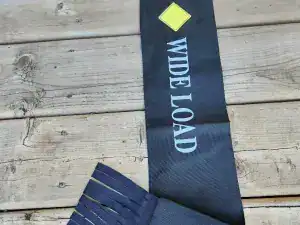
When Tail Bags Work—and When They Don’t
Tail bags are most useful when you’re actively managing your horse’s grooming routine. If you leave the horse unattended for long periods, a tail bag might not be the best idea. Also, if your horse dislikes having its tail touched or wrapped, it may resist or even try to get rid of the bag. Always start slow and watch how your horse reacts. You might need to try a few different types before you find the one that works best.
The Bottom Line on Using Tail Bags Safely and Effectively
Tail bags for horses are not a one-size-fits-all solution. They offer great benefits—clean tails, longer growth, less breakage—but they also require care and attention. If you’re ready to include tail bags in your grooming routine, start small, watch closely, and adjust as needed. Like many horse care tools, the value of a tail bag depends on how it’s used.
Frequently Asked Questions (FAQS)
How long can a horse wear a tail bag?
A tail bag should be checked daily and ideally removed at least once a week. Leaving it on too long without cleaning the tail can lead to skin issues or hair damage.
Can tail bags cause harm to a horse?
Yes, if used incorrectly. Tight wrapping, dirty bags, or leaving them on too long can irritate the skin or damage the tail hair. Always use soft materials and check often.
Are tail bags safe for outdoor horses?
They can be, if made of strong material and securely attached. But there’s always a risk of snagging on fences or branches, so watch your horse closely and avoid long bags that drag.
What’s the best material for a tail bag?
Lycra is soft and gentle, great for indoor use. Nylon or canvas is more durable for outdoor horses. Choose the material based on your horse’s living environment.
Do tail bags really help tails grow longer?
Yes—by protecting the hair from breakage and dirt, tail bags can support healthier and longer tail growth over time.
Using tail bags the right way can make a big difference in your horse’s appearance and comfort. Just remember: gentle care, daily checks, and the right fit are what make tail bags work best.

